Aiello del Friuli, village of sundials, Italy
Aiello del Friuli (Italy), known as the “village of sundials“, contains an ever-growing number of beautiful and artistic sundials.
Description Image Gallery
Geographical position
Aiello del Friuli is a municipality in the Province of Udine, Italy.
As the whole village forms this site, we have chosen the ’Museo della Civiltà Contadina del Friuli Imperiale’ (Via F. Petrarca 1, 33041 Aiello del Friuli UD, Italy) as the geographical position.
Location
Latitude 45.8707°, Longitude 15,13.3638°, Elevation 18 m
General description
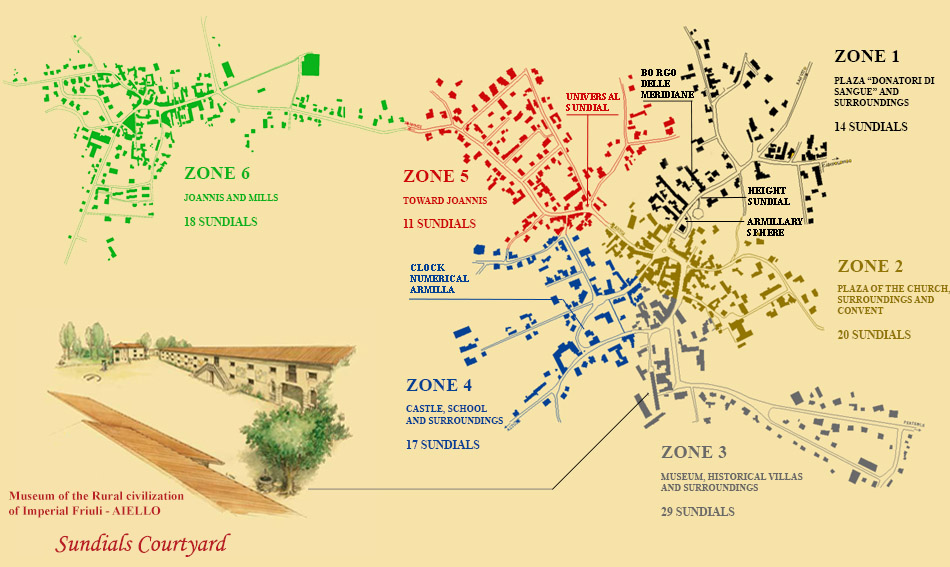
Fig. 1. Village map with the six zones. © ilsoleeiltempo.it
Brief inventory
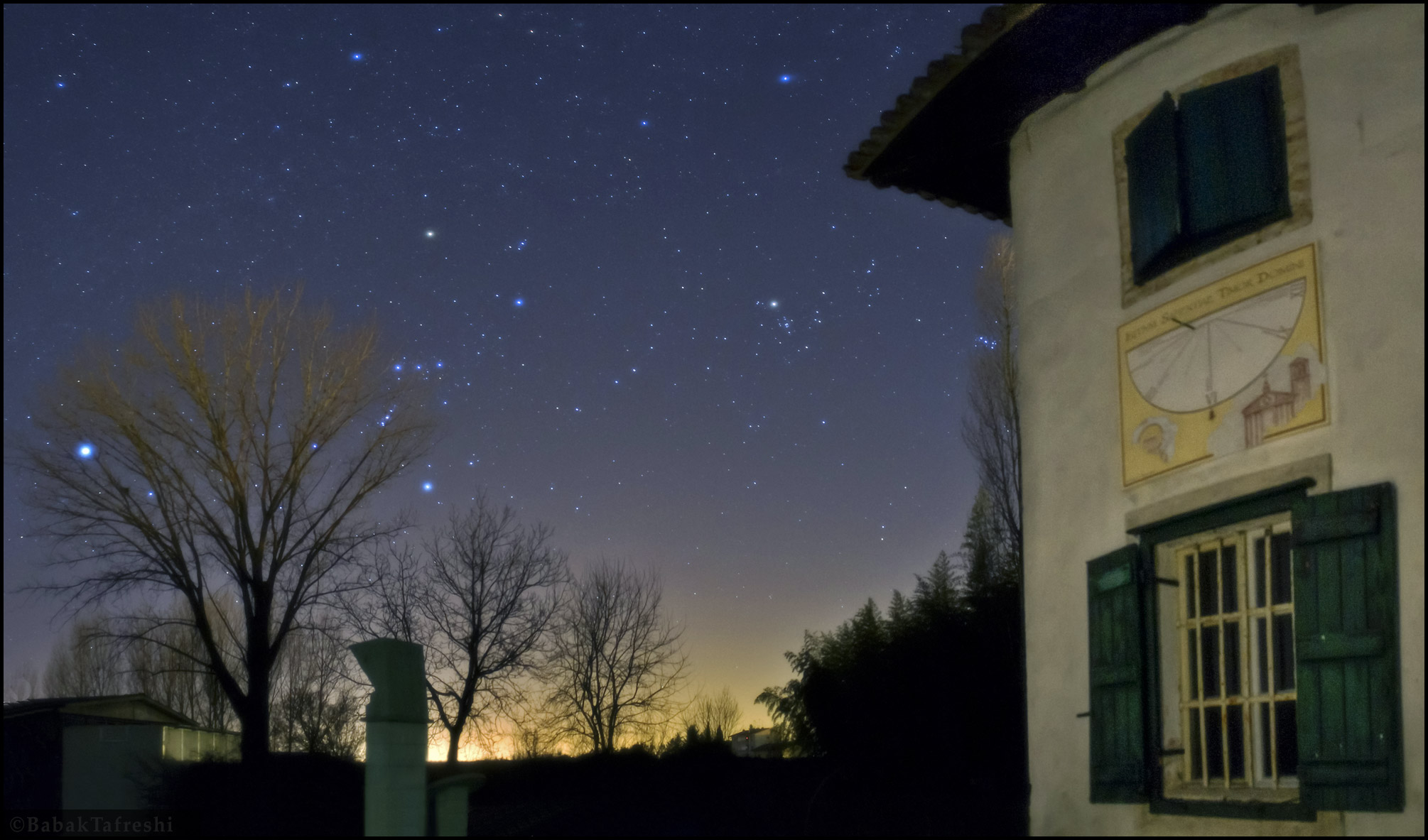
Fig. 2. Winter stars shine above the western horizon of Aiello del Friuli, village of sundials with an ever growing number of beautiful and artistic sundials. © Babak Tafreshi/Dreamview.net
History
In 1994, Aurelio Pantanali, president of the Circolo Culturale “Navarca”—a local cultural initative—constructed the first sundial on the wall of his house. Other community members liked that idea and asked him to build other sundials on their homes. In the 25 years since then, well over 100 sundials have been constructed throughout the village by as many as 68 artists. Each year, a few more are added to this unique collection of artistically and functionally diverse sundials. Since 2001 the village has hosted an annual “sundial festival” in the springtime.
Present use
The growing popularity and unique image of the “village of the sundials” is resulting in growing revenue from tourism which is creating jobs and securing livelihoods for the villagers.
The ’Festa delle Meridiane’
Every year, the village celebrates with a three-day festival, during which the winner of the annual sundial contest is announced. In 2019, for example, the following four sundials are competing for the “Sundial of the Year” prize.
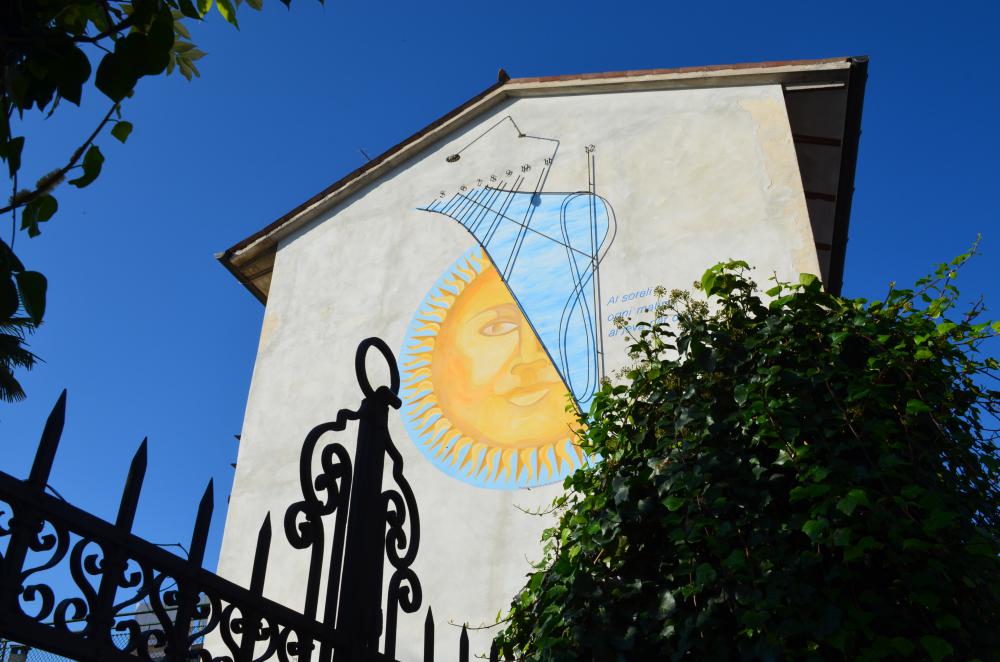
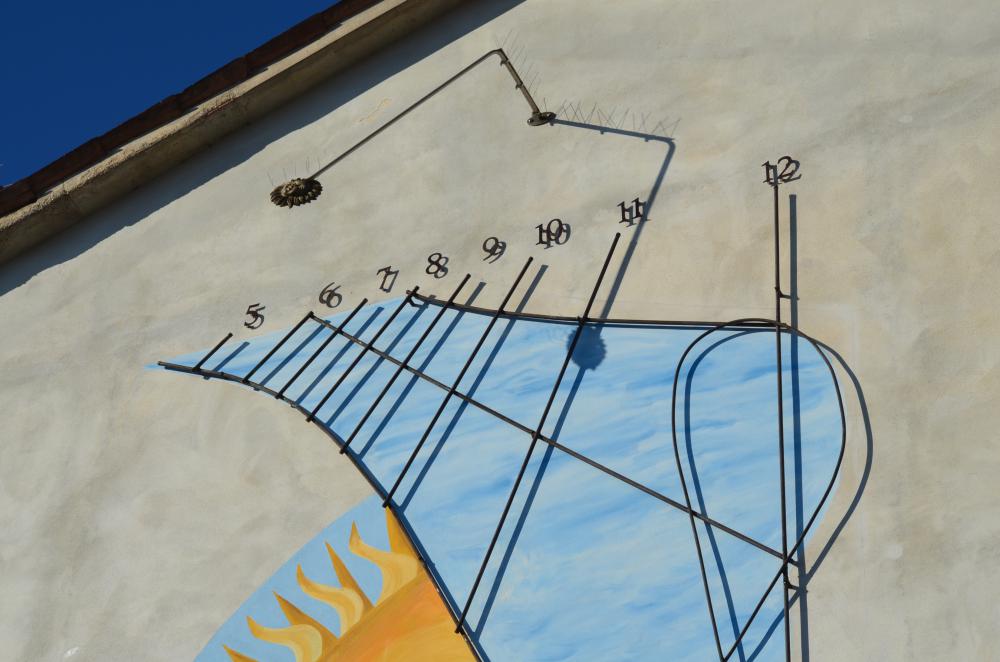
Fig. 3a. and 3b. Sundial number 1 for 2019 contest. © ilsoleeiltempo.it
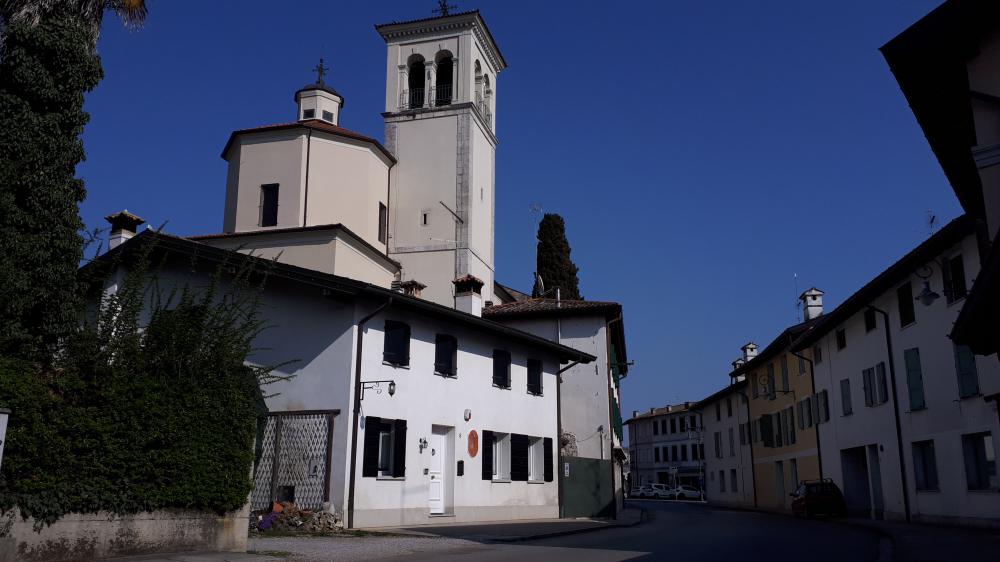
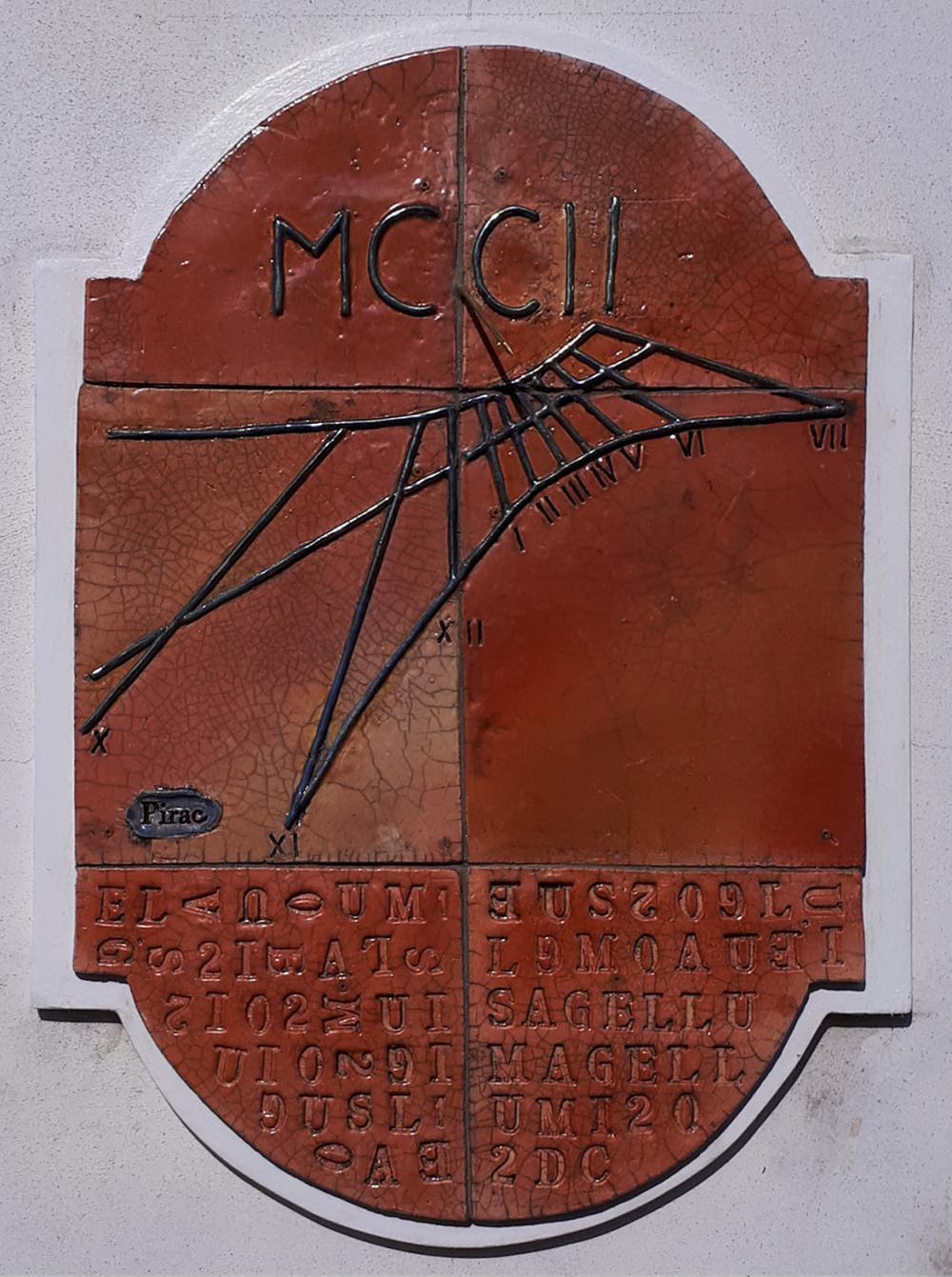
Fig. 4a. and 4b. Sundial number 2 for 2019 contest. © ilsoleeiltempo.it
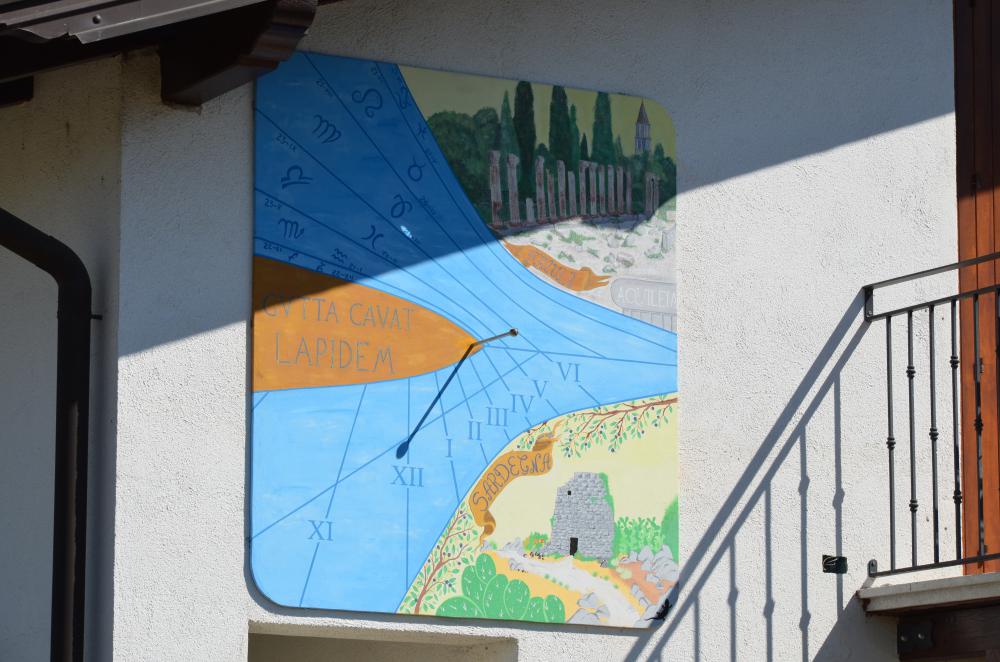
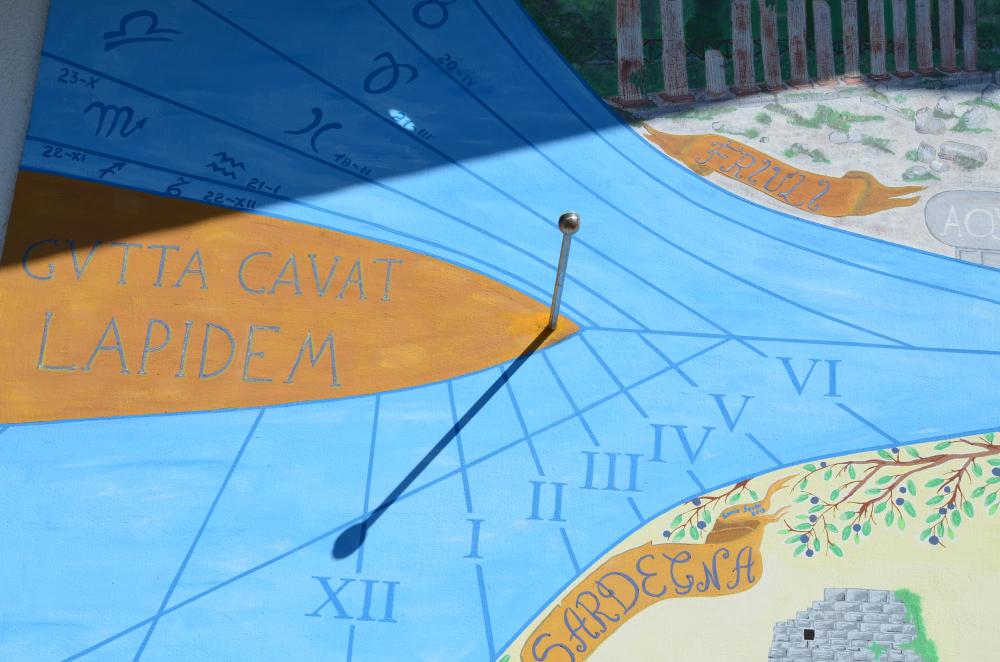
Fig. 5a. and 5b. Sundial number 3 for 2019 contest. © ilsoleeiltempo.it
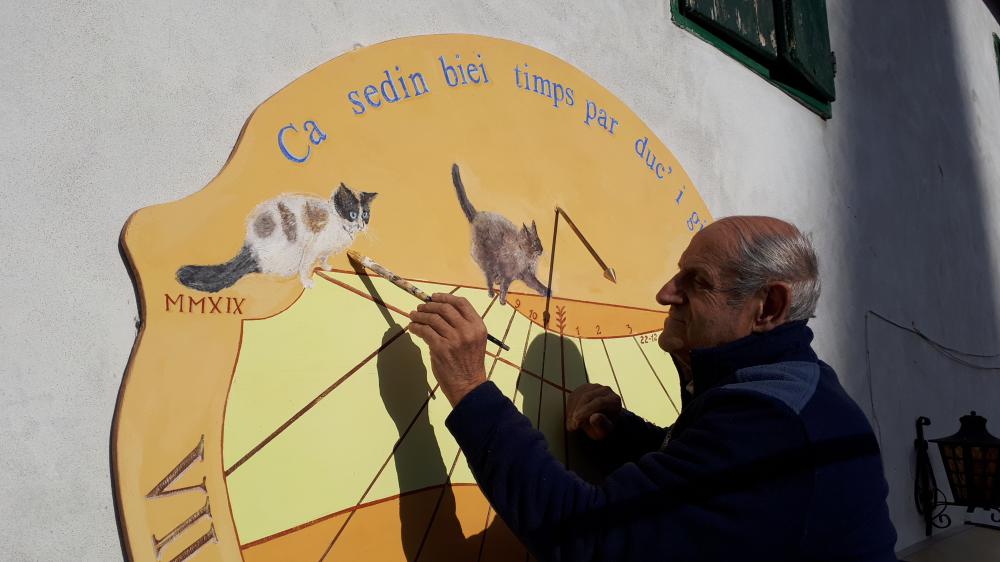
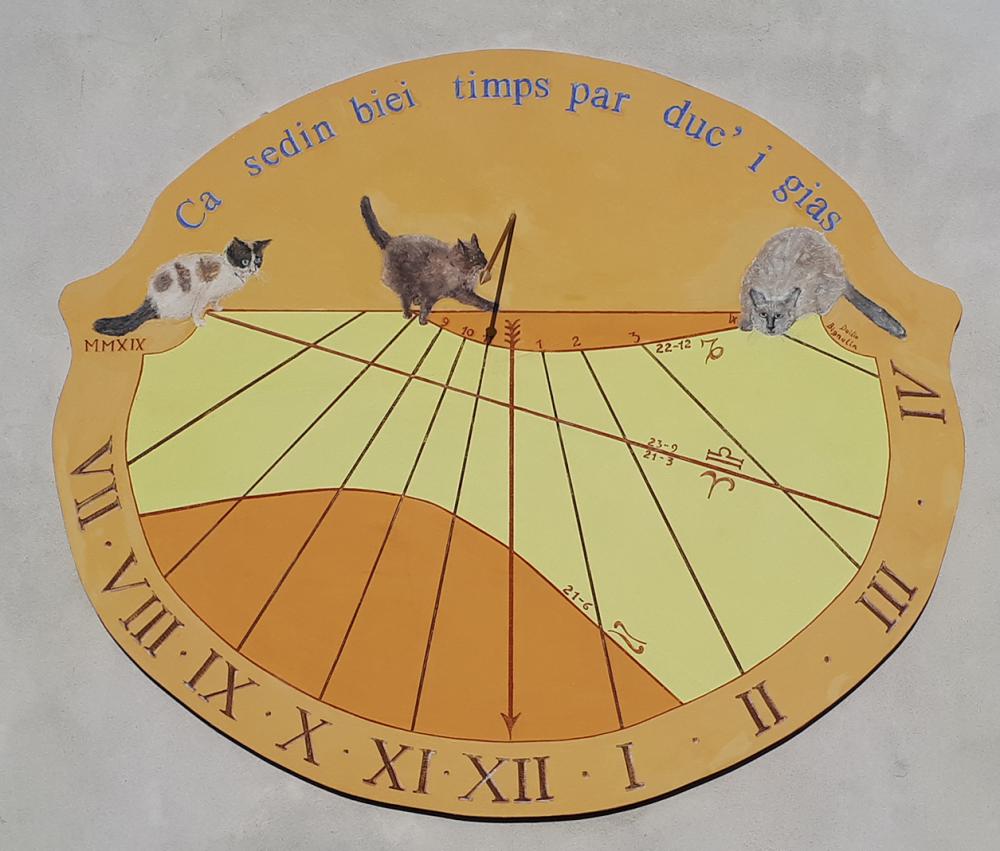
Fig. 6a. and 6b. Sundial number 4 for 2019 contest. © ilsoleeiltempo.it
State of conservation
The sundials are constructed by individual artists on private properties. The respective property owners are responsible for any conservation efforts.
Main threats or potential threats
Currently none known.
Protection
There is no coordinated effort to deal with protection issues in the village, although people are working together to further the village’s image as “village of the sundials”.
Bibliography (books and published articles)
See the links to external sites.
Links to external sites
- Aiello del Friuli - Il Paese delle Meridiane (village website)
- Il Sole e il Tiempo (project website)
- Link to Google Maps
Back to the Astronomical Heritage - Places connected to the Sky
Return to the Places connected to the Sky map/list page.
About the author
Rüdiger Schultz lives in Vienna (Austria)